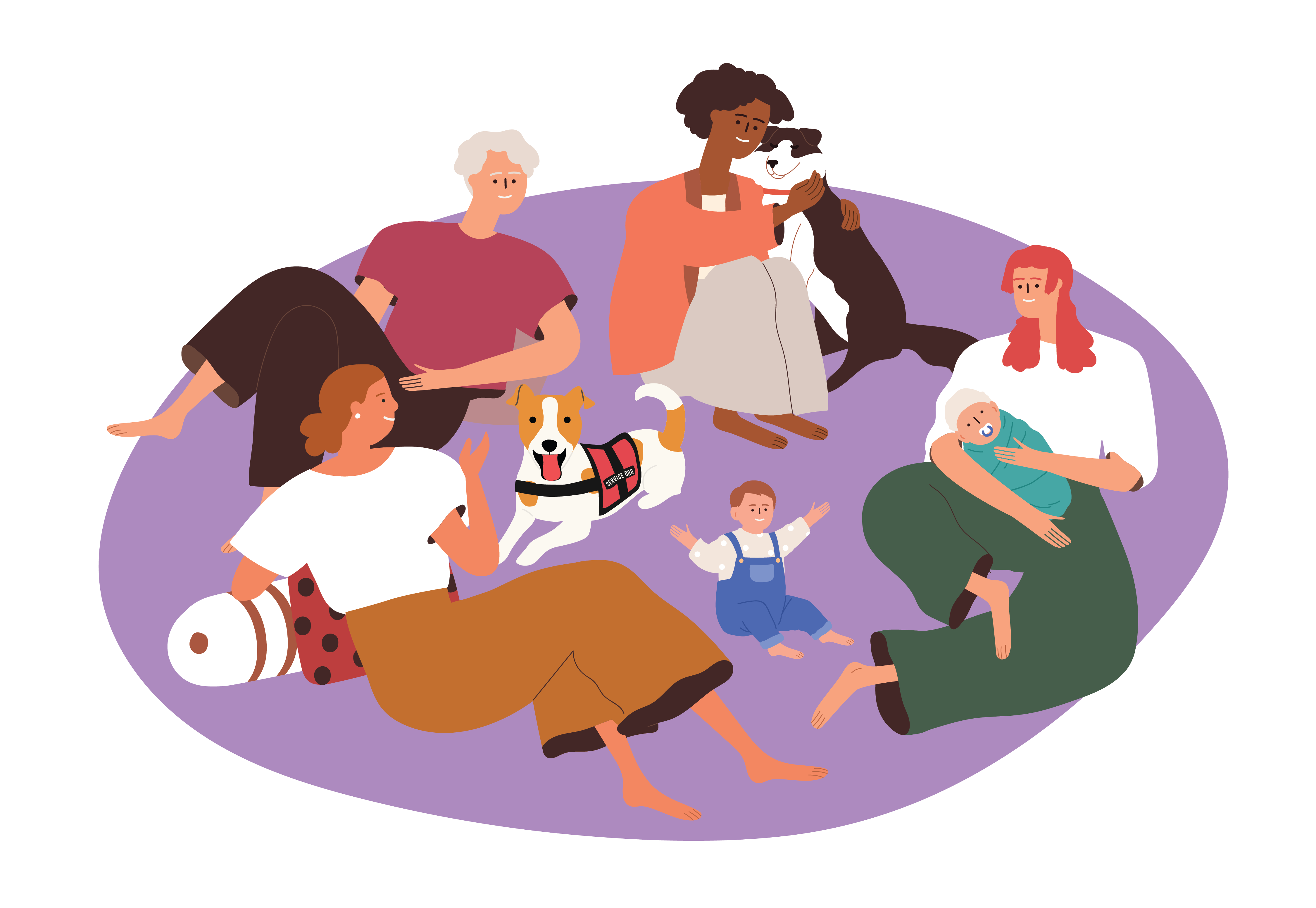Outcome Evaluations: The Basics
Outcome evaluations can help you tell the story of your program's impact and whether the program is meeting its objectives.
Outcome evaluations can help you tell the story of your program’s impact and whether the program is meeting its objectives. Outcome evaluations assess the direct results of the program, that is, the outcomes the program is trying to achieve and that are typically conducted at the end or near the end of a program or intervention. Objectives are intended results or consequences of your program, or activities. Outcomes are achieved results or consequences of what was learned. An outcome evaluation will provide information on how effective your program activities and strategies are.
Outcome evaluations can answer questions about your program, such as:
What were the results of participants receiving an intervention, advocacy, or shelter services?
What effect did the program components and strategies, such as offering therapy in addition to shelter services, have on their overall well-being?
What unintended consequences or unexpected outcomes resulted from participation in the program? For example, perhaps while living in a shelter, children who needed it, were able to receive individualized education plans at school as a result of advocacy at the shelter. The shelter may not have focused on improving educational access, but this outcome still occurred.
How did anticipated outcomes differ across the many backgrounds of participants? This can help programs understand if the program is having similar or different outcomes for participants.
A clear understanding of your program theory, and more specifically the outcomes you hope to achieve, are important when developing an outcome evaluation. Outcomes include the changes that we expect to see if we complete our activities. These can include short-term changes in stability for example increasing the immediate safety of survivors and their families, or knowledge, such as when a survivor learns more about the various resources available to them. Outcomes can also include longer term changes such as when a family achieves housing stability after living in a shelter or when children are reunified with their families after separation.
Consider a program for parent and child survivors of domestic violence, what benefits would you expect to see from program participants?
Ultimately, the selected outcomes of the evaluation will be those that are most relevant to the overall evaluation question; and the evaluation question is determined by the constituents and team members leading these efforts.
However, to be assessed in an outcome evaluation they must be measurable, realistic, and make sense given the program’s theory (e.g. how the program activities and strategies lead to the outcomes and impacts).

